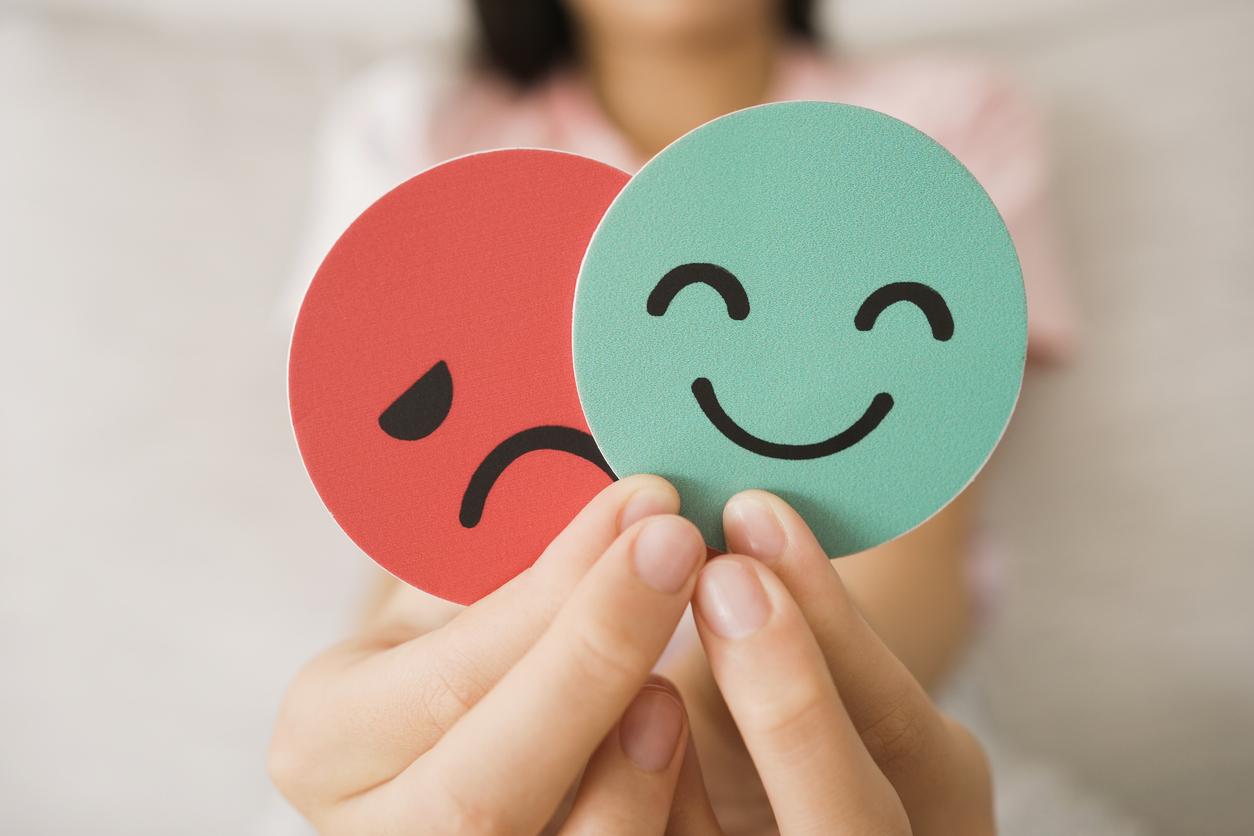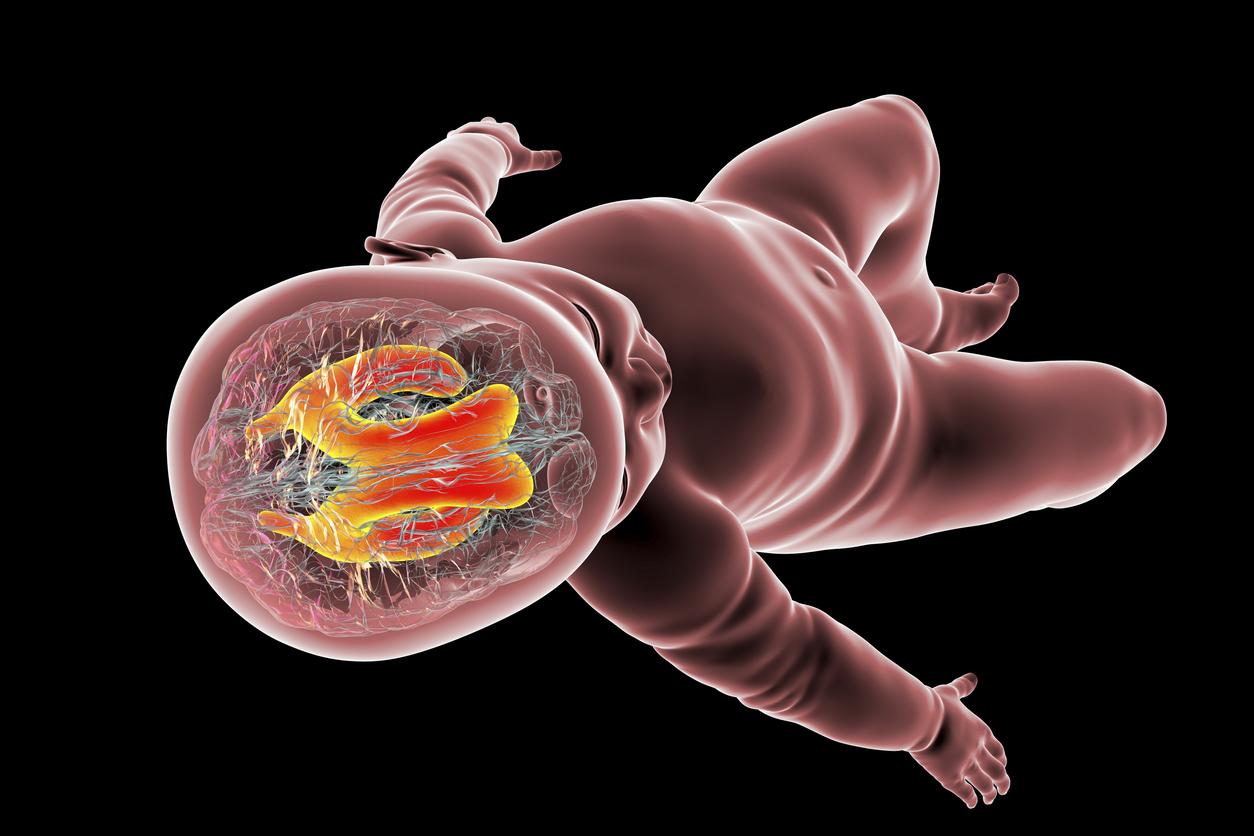If you are the type to systematically take a photo of your dish, this novelty may encourage you to go out to restaurants less.
At a summit organized on artificial intelligence, the giant Google presented an experimental program called Im2calories, capable of giving an estimate of the number of calories of a dish from a simple photo.
Reported by the site Popular Science, this innovation works in a relatively simple way. For example: “The system looks at a picture and counts two eggs, two pancakes and three slices of bacon. Since these units of measurement are not universal, the system gauges the size of each piece of food relative to the size of the plate, and takes into account condiments. “And the software does not require exceptional image quality, those from Instagram are perfect, said Kevin Murphy, researcher at Google, during this” Rework Deep Learning Summit “in Boston (United States).
If it was presented at this summit, it is because the Im2calories application is in fact based on deep learning, also called “deep learning”. In other words, the app learns from its mistakes as data is presented to it.
Technology that provides statistics and applies to other areas
And while the app doesn’t perform well, especially for hard-to-rate stews, Kevin Murphy believes it will have an impact. “For me it’s obvious that people want this kind of software and that it is really useful,” he says. “Okay, maybe we have a 20% lower calorie estimate. No matter. We will be able to take an average over a week, a month or even a year. We can then add this information to that of other people and start making statistics at the scale of a population. I have colleagues in epidemiology and public health who really need this data. “
Google recently filed a patent for Im2calories, however Kevin Murphy could not give a date of its availability.
But for Google, this technology has a far greater reach than just app. “If we can do that kind of thing for food, it’s just a great app,” Murphy said. “Suppose we want to analyze a scene that takes place on the street. We don’t just mean that there are cars at this intersection, it’s uninteresting. We could locate cars, count them, get their characteristics and destinations. We can then predict where the closest parking spot is going to be. […] And since all of this is built from data, the technology is the same, you just have to change the starting data. Google’s omniscience is therefore not so far off!
Read also :
An app to fight against food waste
Slimming: connected diets, it works!
Alcohol: Putting Calories on Bottles Encourages Drinking Less
Obesity: American fast food restaurants forced to display the calories in their dishes

















